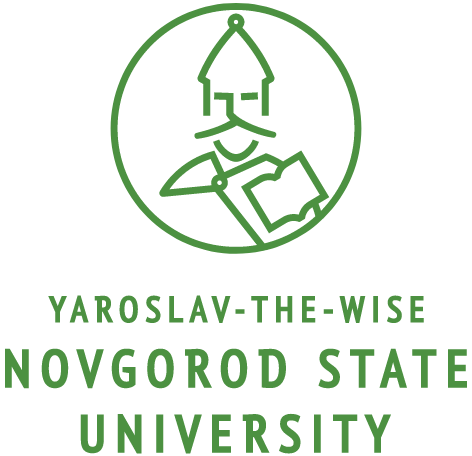Writing and Calligraphy in Paroemias: Russian-Chinese Comparisons
DOI:
https://doi.org/10.34680/VERBA-2021-2(2)-33-45Keywords:
paroemy, proverbs and sayings, Chengyu, writing, calligraphy, , Russian-Chinese comparisonsAbstract
This work is focused on the comparison of two groups of paroemiological texts devoted to writing (handwriting) and calligraphy. The article gives the description of the specific characteristics of the written text in Russian and Chinese cultures. The Russian paroemial texts about writing are connected with the literacy, as the literate person is the one who can read and write. The ability to write is highly valued in the paroemias. Writing demands intellectual effort: One writes not with a pen, but with the mind. The ability to understand is connected to writing. The written text in the paroemicon (collection of paroemias) is connected to state or socially significant structures, which is embodied in the lexeme “law” created in the process of writing. The paroemicon enshrines the idea that it is impossible to correct what is written. Accuracy and legibility of handwriting are almost the most important criteria in evaluating a written text which is explained by pragmatic rules: a text should be easy to read, and a careless writing impedes understanding of what is written. The importance of norm is asserted through “negative examples”, containing a large number of humorous comparisons. The main characteristic of “normal” written text is literacy and fluency. The value of the written word is not absolute, but situational. Chinese calligraphy is more oriented on the writer, it is a way of self-expression. Mastering calligraphy is a long-term process, as it builds personality. Practicing calligraphy is compared to practicing a punch. Before writing the calligrapher first thinks about what he wants to inscribe. Calligraphy carries the imprint of a writer’s personality. There are numerous texts with positive evaluations: proverbs say about beautiful, graceful,
good calligraphy and also about free, easy, brave, strong, muscular, firm and other writing. The national specificity is expressed in the use of natural, zoonimic and meteorological, cultural codes as a figurative device in describing calligraphy.
Downloads
Downloads
Published
How to Cite
Issue
Section
License
Copyright (c) 2021 Verba

This work is licensed under a Creative Commons Attribution-NonCommercial 4.0 International License.








